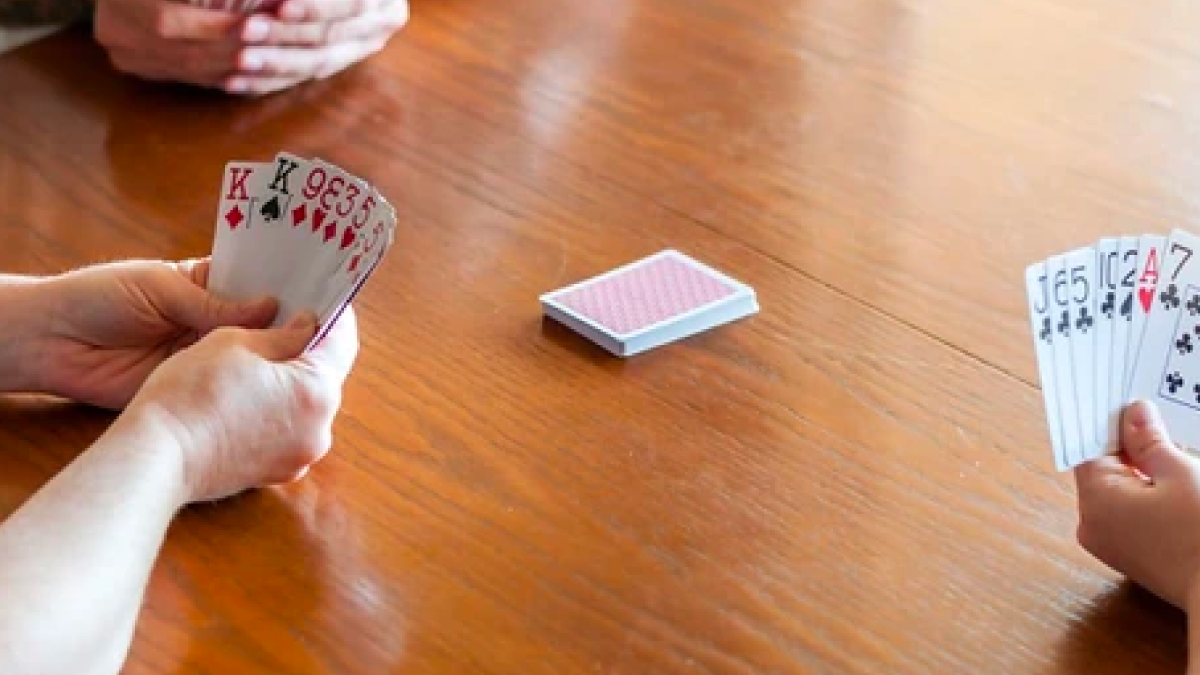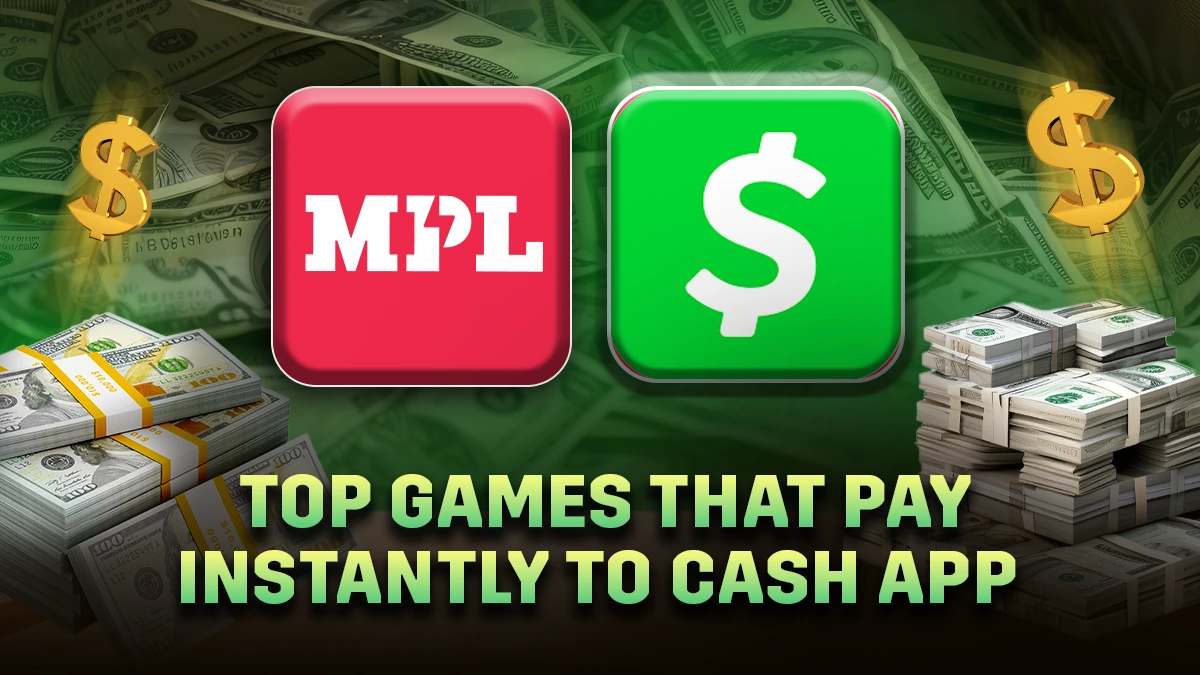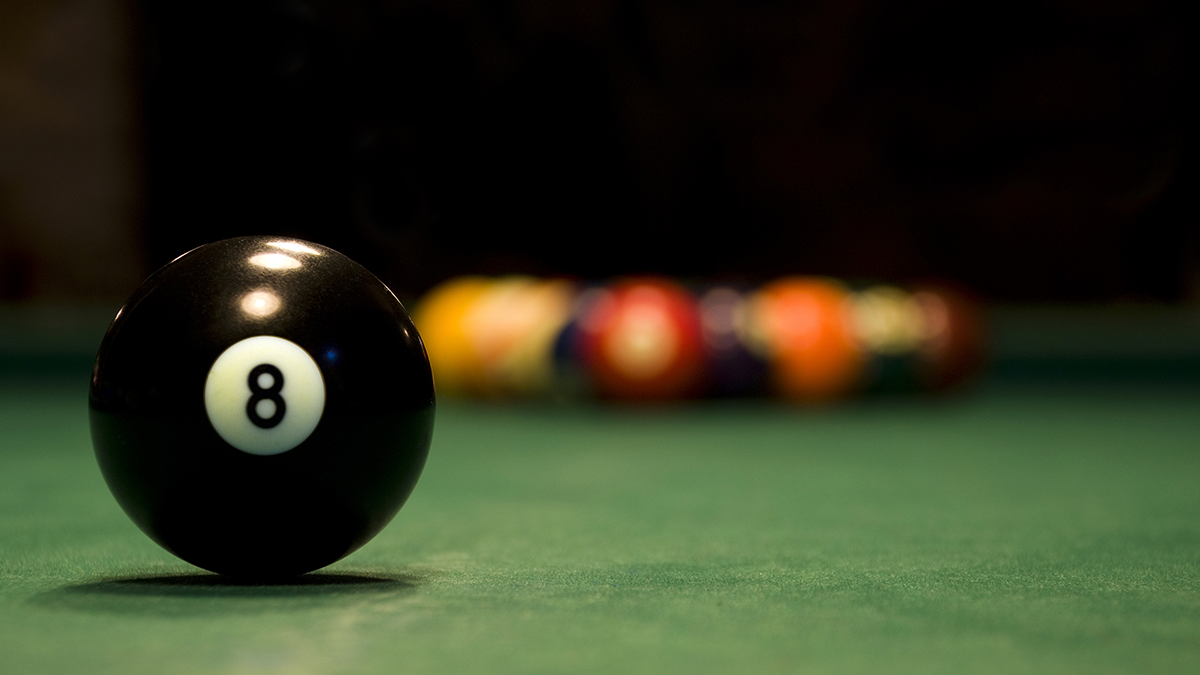Table of Contents
ToggleRisk is an iconic board game. But not many people have arrived at learning how to play the exciting game. They might probably perceive it as complicated, which is untrue. There is a reason the game has endured the test of time to exist for so long and continues to captivate its fans. The many facets of gameplay make it extremely flexible and rewarding.
Like Chess, risk board game rules are worth learning. However, you need to imbibe how to play risk strategy to apply. So, let’s get started on our simple yet complete guide on how to play risk game, basic risk rules, game setup, and strategy in this blog.
What is a Risk Game?
Risk is a board game focused on world domination. Players aim to conquer territories and eliminate all of the enemy troops. Each turn, they place armies, attack neighbors, and fortify defenses. All these steps are done with the help of dice rolls. The risk game is an extensive war game wrapped in a board format. The original game is designed for more than two players. But variations can accommodate up to 2 players.
Requirements
- Number of Players: 2-6
- A world map board with 42 territories divided into continents.
- Two sets of dice for attack and defense.
- A deck of Risk cards includes territories and secret mission cards.
- Six colored armies, each consisting of Infantry, Cavalry, and Artillery pieces.
- Each piece has a specific value:
- Infantry: Represents 1 unit.
- Cavalry: Equivalent to 5 Infantry.
- Artillery: Equivalent to 10 Infantry or 2 Cavalry.
- Duration: 1-8 hours, depending on the number of players and gameplay.
How to Play Risk for Beginners: A Step-by-Step Guide

Source: Wikipedia
Knowing how to play the risk game can confuse beginners because of the scope. With interest and focus, beginners can soon start playing mind-blowing strategies in their global conquest.
Looking for games for your house party? Check out this list.
Objective
The game of risk aims to conquer the world by occupying all 42 territories on the game board by defeating enemy troops.
Setup

Setting up a Risk board is easy. Start by gathering the requirements stated above.
Assigning Starting Units: The number of starting Infantry depends on the number of players:
| Number of Players | Infantry per Player |
|---|---|
| 2 Players | 40 Infantry |
| 3 Players | 35 Infantry |
| 4 Players | 30 Infantry |
| 5 Players | 25 Infantry |
| 6 Players | 20 Infantry |
Claiming Territories: Players roll a die, and the highest roller places the first Infantry on any territory. In clockwise order, players continue claiming unoccupied territories with one Infantry each until all territories are claimed.
Reinforcing Territories: After claiming territories, players take turns placing their remaining Infantry on territories they already control. The reinforcement step paves the way for fortifying positions and preparing for future attacks.
Finally, shuffle the Risk cards (not the Secret Mission cards unless you’re playing a specific variant) and place them face-down beside the board. The player who claimed the first territory takes the first turn for the global conquest.
The Game Play
Risk gameplay revolves around three main phases during each turn:
1. Conquer and Place New Units
2. Decide and Resolve Attacks
3. Fortify Your Position
Gain and Place New Units
At the start of your turn, calculate the number of new units you’ll receive:
Territories Controlled: Divide the number of territories you control by three (round down). You’ll always receive at least three units, even if you control fewer than nine territories.
Continents Controlled: If you control all the territories of a continent, you gain bonus units:
- North America: +5
- Europe: +5
- Asia: +7
- South America: +2
- Africa: +3A
- Australia: +2
You may also trade in Risk cards for additional units. How else do you manage if you don’t have the capacity? But thanks to the Risk game rules, trading exists to bolster your armies and gain an edge over opponents.
At the start of your turn, if you have five or six cards, you must trade in at least one set of cards. If you have fewer than five cards, trading is not mandatory. Wondering how to form a set? Here’s the deal:
- A set can include:
- Three cards with the same icon (infantry, cavalry, or artillery).
- One card of each icon (infantry, cavalry, artillery).
- Two matching cards plus a wild card (wild cards count as any icon).
Once you trade a set, the number of armies you receive depends on how many sets have already been traded by all players. Here’s the progression:
- First set: 4 armies
- Second set: 6 armies
- Third set: 8 armies
- Fourth set: 10 armies
- Fifth set: 12 armies
- Sixth set: 15 armies
After the sixth set, each additional set earns five more armies than the previous one. For example, the seventh set gives 20 armies, the eighth set 25, and so on. Can you imagine the reinforcements piling up as the game progresses?
But here’s a strategic twist: if a card in your traded set matches a territory you occupy, you receive two bonus armies to place on that region. However, risk rules say you can only receive two armies per trade as a bonus, even if you match with multiple territories.
Decide and Resolve Attacks
Once you’ve placed your armies, it’s decision time. Do you attack, play it safe, and move straight to fortifying? Make the decision. Attacking is optional.
If you’re ready to expand your territory, here’s how to play risk:
Setting Up an Attack
You need at least two infantry in the territory you’re attacking from to launch an attack. As per risk game rules, you can only attack territories adjacent to you or one connected by a dashed line for a naval attack. Declare where you’re attacking and where you’re attacking from.
Both you and the opponent in control of defending territory shall decide how many dice to roll.
- Attacker: You can roll 1, 2, or 3 dice. To roll, you must have at least one more infantry than the number of dice you’re rolling.
- Defender: They can roll 1 or 2 dice but need at least two infantry in the defending territory to roll two dice.
Everyone announces their dice count at the same time. Rolling more dice increases your chances of success and the risk of losing more troops.
Rolling the Dice
Both players roll simultaneously. Compare the highest dice from each side:
- The defending player loses one infantry if the attacker’s die roll is higher.
- The attacker loses one infantry if the defender’s die is higher or tied.
Continue comparing dice in order from highest to lowest. Repeat this process until one side runs out of infantry or the attacker decides to stop.
Capturing a Territory
If the defender loses all their troops, the attacker claims the territory!
Move troops from your attacking territory into the captured one. The number of troops must be at least equal to the dice rolled in your final attack. Leave at least one infantry in the original territory.
Special Rewards
- Risk Card: If you capture at least one territory during your turn, draw one Risk card. You only get one card per turn, no matter how many territories you conquer.
- Eliminating a Player: If you knock another player off the board, you take all their Risk cards. If this gives you six or more cards, immediately trade in sets to reduce your hand to five or fewer.
Attack as many territories as you like during your turn—as long as you have the armies to do it. Keep an eye on your plan, though. Reckless attacks will leave you facing counterattacks.
Fortify Your Position
The final phase of a turn allows the active player to reposition units between adjacent territories they control. You can now create defensive strongholds or prepare for future attacks.
Winning
As mentioned, the player who eliminates all other players by occupying all 42 territories on the board will be the winner. Removing a player from the board means eliminating their last piece due to battle.
Probability in Risk Game
Knowing the risk rules of probability is one of the ways to maximize success in the board game. The following probabilities exist based on the dice and their number combinations for attacker and defender.

Credits: mit.edu
How to Play Risk with 2 Players
Two-player Risk sees slightly different rules. A neutral army is added to the board to fill unclaimed territories, which defends its territories. However, it does not attack or earn reinforcements. There is no turn like an active player, either.
- Each player starts with 40 Infantry.
- Territories are assigned by dealing Risk cards into three piles: one for each player and one for the neutral army. Players then place units on their territories as usual.
- The remaining pile determines the neutral territories.
- Neutral armies defend as usual, with the opposing player rolling for their dice during combat.
How to Play Risk with 3 Players
In a three-player Risk board game, each player starts with 35 Infantry. There is no neutral army in this version. Territories are assigned by dealing Risk cards evenly to all players. Each player claims territories in turn. Alliances shift constantly. Balance of power is everything. At best, you should avoid becoming the main target for the other two opponents.
Risk Game: Winning Strategy
Before we explore the winning strategies of the Risk board game, you must know that it is not absolute. Every turn on the map can change quickly. You must evolve strategies as the situation demands, which comes with experience. However, you may want to be wary of the below tactics.
1. Control Continents
How to play Risk at the beginning? Start with continents that are easier to control, like South America or Australia. They have fewer borders and give solid troop bonuses early on. North America is another strong option due to its high bonus and limited entry points. Avoid Asia at first—it’s too large and hard to defend.
Tips:
- Pick a continent where you already have a strong presence.
- Reinforce borders to deter attacks; avoid stacking troops in internal territories.
- Hold your ground for several turns to build momentum.
2. Learn to Control Your Opponents
Risk rules are not just about making the right moves but disrupting theirs. Use unpredictable strategies to frustrate them. Remember, alliances are always temporary. When an opponent is weak, eliminate them to avoid future problems.
3. Risk is a Game of Numbers
At its heart, Risk board game rules are about math. Your best chance of winning battles comes from maintaining a 3:1 dice advantage. Early on, focus on areas with weak opposition and avoid overextending yourself. Are you third in turn order? Adjust your expectations and play conservatively at the start.
4. Play Unexpected Moves
Surprise your opponents with unconventional strategies. Attack and retreat or shift focus unexpectedly to keep them guessing. Opponents are less likely to execute their plans effectively when forced into defensive positions. A random move or abandoning a continent can disorient their strategy.
5. Strategic Card Timing
Holding onto your cards can make risk the really exciting game. The later you trade them in, the bigger your troop bonus will be. But don’t hold out too long—if you lose too many troops or territories, even a large bonus might not be enough to recover. Find the right balance to stay ahead.
6. Bluff Your Opponents
Frustrated players make bad decisions. Do your moves provoke emotional responses? Disrupt their plans to lead them to rushed, poorly thought-out actions.
7. Attack Smartly
When attacking, concentrate your forces. Large, unified armies are far more effective than scattered ones. Always plan your route of attack to avoid splitting your forces unnecessarily. For example, when conquering a continent like Africa, attack territories in a sequence to maintain a strong defensive position at the end.
For example, in Africa, start with East Africa and move systematically through Madagascar → South Africa → Congo → North Africa → Egypt.
8. Use Alliances Wisely
Temporary alliances can help neutralize stronger opponents. But they’re short-lived, you know. Collaborate with others when you share a common enemy but avoid becoming over-reliant. Trust is fleeting in Risk, and alliances can dissolve at any moment.
Tips for Alliances:
- Focus on offensive collaborations (e.g., attacking a mutual enemy).
- Stay prepared for an alliance to break. None of the risk rules guarantee an alliance forever.
- Avoid being overly aggressive early to prevent becoming a target.
9. Let Them Think They’re in Control
Aggressive players often overextend themselves. Let them think they’re winning while you quietly build your strength. A well-timed counterattack can turn the tide in your favor.
10. Manage the Balance of Power
How to play risk game if you’re in the lead? Avoid drawing too much attention to yourself. Opponents will naturally team up to take you down if you’re perceived as too dominant. Similarly, if you’re not in the lead, work subtly with others to undermine the strongest player.
11. Build and Expand Strategically
Begin by concentrating your troops in one stronghold, even in a contested area like Asia. Use this force to conquer single territories each turn, gaining valuable cards while letting others weaken themselves in more significant battles. Time your major offensives for when you can turn in cards and gain a significant troop boost.
12. Stay Flexible
What if your plan isn’t working? Adjust. Shift your focus to less congested areas or exploit your opponent’s weaknesses.
How did the Risk game originate?
Risk was created by French film director Albert Lamorisse in 1957. It was first called La Conquête du Monde (The Conquest of the World). In 1959, Parker Brothers acquired the game and renamed it Risk: The Game of Global Domination. The game evolved with new editions and themes.
Castle Risk, released in 1986, introduced an 18th-century European map. It was not a success. In 2001, Risk: 2210 A.D. introduced futuristic elements like moon and ocean territories. Media-themed versions followed, including Lord of the Rings and Star Wars. In the 1990s, the original wooden troop pieces were replaced with plastic. Later, anniversary editions reintroduced wooden and metal pieces to make present-day avatars.
Read More: Pick the Best from the List of Bingo like Games and Discover Your Next Favorite Way to Play!
Conclusion
After gaining a perspective on how to play the risk game, you might think it is a game of domination and war. No! The risk game is as much a social adventure game that brings people together. It teaches how to use conflicts to make connections deeper and more meaningful. The game could be intense for beginners. But with experience, you will know you can play the game with debates and laughs and how it can create memorable moments with your co-players.
FAQs
What are the requirements to play a Risk game?
You need a game board, armies in various colors, a set of Risk cards, dice, and 2-6 players to play Risk.
Can I play the Risk game with more than six people?
No. The risk game is generally suitable for a maximum of six players.
Is the Risk game easy to learn?
Yes, the rules of risk board games are easy to learn, with dice rolls and card collection. However, it takes time to master their tactics, such as diplomacy and long-term planning.
Can I play the Risk game online?
Yes, you can play Risk online for free. You can use platforms like Warzone and Conquer Club.
How Long Does Risk Take to Play?
The duration of a Risk game can vary significantly depending on the number of players and their strategies. Some games can wrap up in about an hour, while others might stretch to 8 hours or more.








